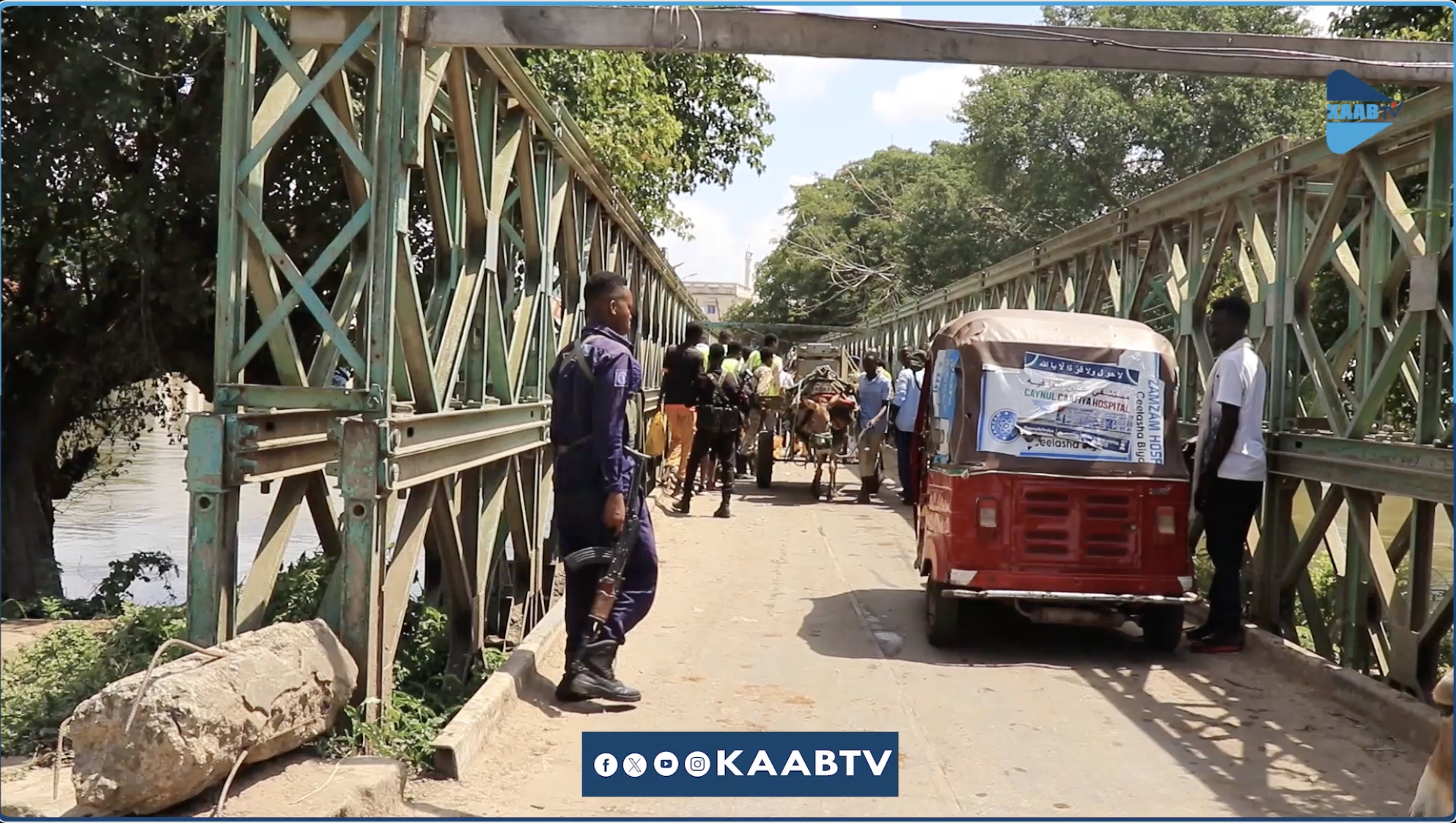MARKA (Kaab TV) – Lower Shabelle is Somalia’s most agriculturally productive region, often called “the breadbasket of the nation.”
Known for its fertile soil and diverse crop and fruit production, the region is central to Somalia’s food supply.
However, farmers in the area face relentless challenges that threaten their livelihoods and survival.
The majority of farmers in Lower Shabelle have been displaced, forced to abandon their land due to a combination of factors: insecurity caused by Al-Shabaab, ongoing clan militia clashes, and the devastating effects of climate change, which have reduced river water levels and rainfall.
As a result, many local farmers have sought refuge in displacement camps in Mogadishu and other places, leaving fertile lands untended.
Lower Shabelle is divided into eight districts. Six are under government control, while two—Kuntu Waarey and Sablaale—remain under Al-Shabaab’s dominance.
In towns like Janaale, a highly fertile area, farmers continue their efforts to cultivate crops despite overwhelming odds.
Caught between two worlds that cannot coexist
In Janaale, farmers must navigate a daily struggle between two opposing authorities. During the day, Al-Shabaab controls the farmlands and demands financial contributions in the form of zakawat (a kind of extortion tax).
At night, when farmers return home, they face the government, which imposes its taxes. Aweys Eebow Haji, a 60-year-old farmer from Janaale, describes this impossible situation.
“The output of our farms has significantly decreased because, during the day, we operate under Al-Shabaab’s control, and at night, we return to the government’s jurisdiction. This is unsustainable. We live between two worlds that cannot coexist.”

Al-Shabaab demands zakawat from farmers, often forcing them to deliver their harvested crops. Questions about affordability or legitimacy are not tolerated.
“You can’t question them,” says Aweys.
He explains that Al-Shabaab also forbids farmers from cutting down trees, as they use forested areas as hideouts.
Farmers who clear their lands risk being accused of harming Al-Shabaab’s operations and face severe punishments, including being forced to compensate with weapons.
For many, the challenges have become unbearable. Some farmers have abandoned their lands entirely, leading to vast areas becoming overgrown and uncultivable.
The lack of resources and investment further exacerbates the problem.
In government-controlled areas, irrigation systems have fallen into disrepair, making it nearly impossible to bring water to the farms.
Without proper irrigation, the lands remain unused, even during the rainy season.
Farmers like Aweys lament that, without unity and security in the country, these challenges will persist, and hunger will continue to devastate communities.
The Struggle in Shalambood
In Shalambood, another agriculturally rich town in Lower Shabelle which is about 96 kilometres, the situation is no different.
Approximately 90% of the population relies on agriculture for their livelihoods.
However, outdated irrigation canals and lack of investment hinder farming.
“The Shalambood canal, which once extended to Janaale, is now obsolete. It hasn’t been dredged in years. When the rains come, there’s no way for the water to reach our farms,” says Ali Adan Nur, a farmer in Shalambood.
He explains that while businesses did not show interest in investing, the local farmers lack the tools and infrastructure to store rainwater or modernize their farming methods.
Despite these dire conditions, Somalia’s Ministry of Agriculture has yet to announce or implement plans to support farmers in areas under Al-Shabaab’s control.
Farmers in these regions are left to fend for themselves, caught between militant threats and government neglect.
For the farmers of Lower Shabelle, farming is not just a livelihood—it’s a lifeline. Yet, insecurity, lack of resources, and the absence of effective governance have left them struggling to survive.
Many have resorted to waiting for rare food handouts and ration vouchers, unable to return to the lands that once sustained them.
(Watch this report on Youtube with video subtitle in English)

